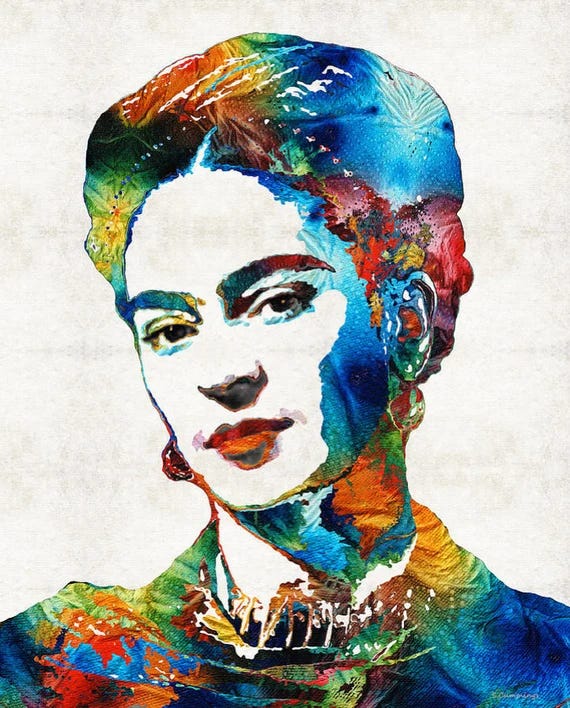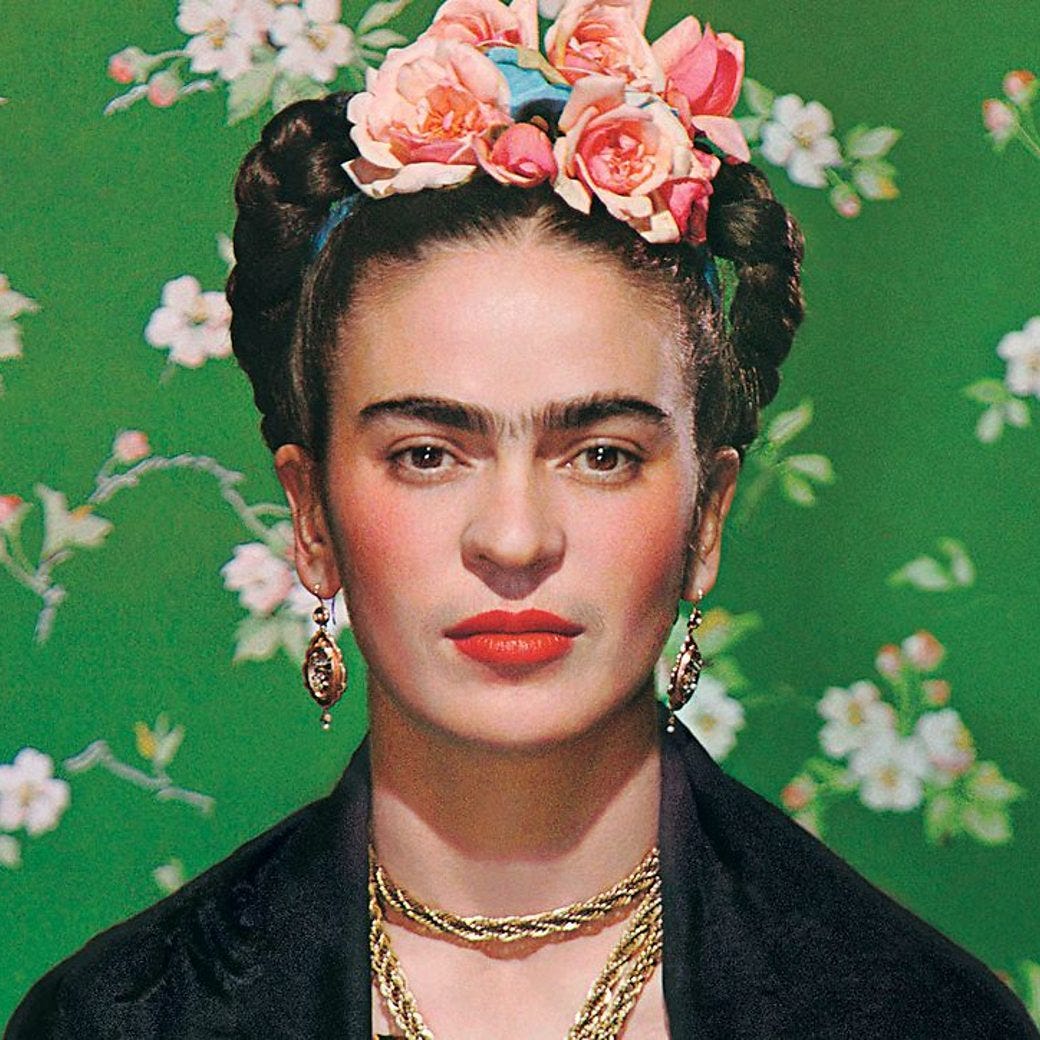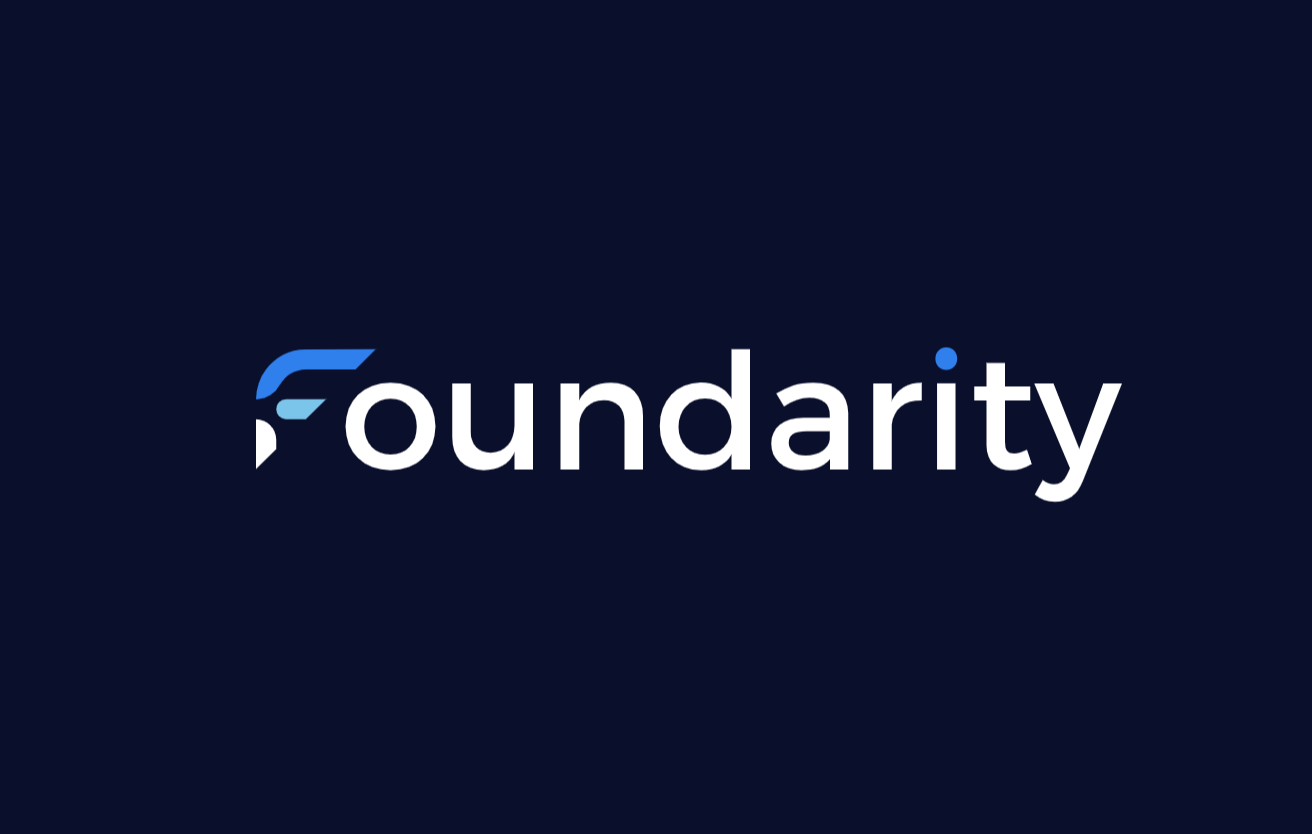Authentic Differentiation
What Software Founders Can Learn from Frida Kahlo’s Market Revolution
🎨 TLDR: Frida Kahlo’s journey from bedridden artist to global icon offers software founders three crucial lessons: transform obstacles into competitive advantages, build an authentic personal brand that cuts through noise, and make bold decisions even when the market isn’t ready.
Her resilience, self-promotion mastery, and unwavering vision provide a blueprint for founders navigating uncertainty while building revolutionary products.
In the summer of 1925, an 18-year-old Frida Kahlo was riding a bus in Mexico City when a streetcar collided with her vehicle.
The accident left her with a broken spinal column, fractured pelvis, and eleven fractures in her right leg.
Confined to bed for months, she began painting self-portraits using a mirror mounted above her bed.
What emerged wasn’t just recovery - it was the birth of one of history’s most distinctive artistic voices and personal brands.
For software founders in 2025, Kahlo’s story isn’t just inspiring - it’s instructional.
Her journey from bedridden teenager to global icon offers a masterclass in resilience, authentic branding, and making bold decisions that create entirely new markets.
Source : Etsy
Lesson 1: Transform Your Constraints Into Your Competitive Advantage
Kahlo couldn’t move, so she painted herself.
She couldn’t travel, so she created worlds.
She couldn’t fit into traditional artistic movements, so she invented her own visual language.
The founder parallel is striking. Every startup faces constraints - limited budget, small team, established competitors.
The founders who thrive don’t just overcome these limitations; they weaponise them.
Consider how Basecamp (formerly 37signals) turned their constraint of being a small team into their core value proposition - simple, focused project management software.
Or how Buffer’s constraint of limited features became their strength in a crowded social media management space.
Kahlo painted 143 paintings in her lifetime, 55 of which were self-portraits.
She didn’t have access to diverse subjects, so she became the most studied subject in her own work.
This constraint forced an intimacy and authenticity that mass-produced art couldn’t match.
For founders: What constraint in your business could become your differentiator?
Your small team might enable faster decision-making.
Your limited budget might force elegant solutions.
Your narrow focus might create deeper expertise than generalist competitors.
Lesson 2: Build a Personal Brand That’s Impossible to Ignore
Before Instagram, before personal branding became a business school course, Frida Kahlo was a master of self-presentation.
She crafted every element of her public persona - from her traditional Tehuana dresses to her bold unibrow to her passionate political statements.
She understood what modern founders are just learning:
In a noisy market, authentic differentiation isn’t optional - it’s survival.
Kahlo didn’t try to fit into the European art world’s expectations.
While her contemporaries painted landscapes and abstract forms, she painted her reality - physical pain, emotional turbulence, Mexican identity, and feminine experience.
She made herself unmistakably, unapologetically herself.
Her marketing was everywhere:
She wore her art, lived her politics, and turned every public appearance into brand reinforcement.
When she exhibited her work, she didn’t just show paintings - she created experiences.
Her 1953 exhibition in Mexico City saw her arrive by ambulance, bed and all, because she was too ill to stand but too determined to miss her own opening.
For founders: Your personal brand isn’t separate from your company’s success - it’s integral to it.
The most successful software founders of the past decade understood this.
Think Elon Musk’s Twitter presence driving Tesla and SpaceX attention, or how DHH’s opinionated writing built authority for Basecamp.
But authenticity can’t be manufactured.
Kahlo’s brand worked because it was genuinely her.
Your founder brand should amplify who you actually are, not who you think the market wants you to be.
Lesson 3: Make Bold Decisions Even When the Market Isn’t Ready
Kahlo’s most famous decision was deeply controversial:
She chose to paint her reality rather than escape from it.
While other artists created beautiful, sellable work, she painted miscarriages, surgical procedures, and emotional breakdowns.
The art world wasn’t ready for her raw honesty.
Critics called her work “too personal,” “too political,” “too intense.”
Gallery owners worried her paintings would disturb viewers.
She painted them anyway.
This decision seemed commercially disastrous.
But it created something unprecedented:
A new category of art that hadn’t existed before.
She essentially created the template for contemporary autobiographical art, influencing generations of artists who came after her.
Her boldest business decision came in 1938 when she insisted on pricing her work at the same level as established male artists, despite being relatively unknown.
Gallery owners balked.
She held firm.
That decision established her market value and set a precedent for how her work would be valued for decades to come.
For founders: The most successful software companies often succeed by making decisions the market initially rejects.
Netflix’s shift to streaming, Slack’s focus on workplace communication, or Zoom’s emphasis on video quality over feature breadth - all seemed like risky bets that ignored conventional wisdom.
The key is distinguishing between bold decisions based on deep conviction and reckless decisions based on ego.
Kahlo’s choices were grounded in authentic self-knowledge and clear artistic vision, not arbitrary contrarianism.
Being Frida: Strategic Lessons for Scale
Beyond personal inspiration, Kahlo’s approach offers concrete strategic insights for software founders:
Vertical Dominance Over Horizontal Expansion: Kahlo could have painted landscapes, portraits of others, or abstract works to appeal to broader markets.
Instead, she went deeper into her specific perspective.
This vertical dominance in “Frida-esque” art created a monopoly in her category.
Modern equivalent:
Instead of building another general productivity app, focus on becoming the definitive solution for one specific workflow or industry vertical.
Scarcity as Strategy: Kahlo’s limited output wasn’t just due to her health - she was selective about what she created and when she released it.
Each painting was an event.
This scarcity increased demand and value.
For SaaS founders:
Consider how artificial constraints might increase your product’s perceived value.
Limited beta access, exclusive features for early adopters, or invitation-only communities can create momentum.
Narrative-Driven Growth: Every Kahlo painting came with a story.
She understood that people don’t just buy art - they buy meaning, identity, and narrative.
Her personal story became inseparable from her work’s value.
Software founders should ask:
What’s the story your product tells?
How does using your software change your customers’ identity or status?
The most successful B2B tools don’t just solve problems - they make users feel more competent, more strategic, or more innovative.
Decision-Making Under Extreme Uncertainty
Perhaps Kahlo’s most relevant lesson for founders is how she made decisions under extreme personal and professional uncertainty.
Her health was unpredictable, her relationship with Diego Rivera was tumultuous, and her financial situation was often precarious.
Yet she consistently made clear, values-driven decisions:
She chose authenticity over marketability
She chose creative control over financial security
She chose personal expression over popular acceptance
These weren’t emotional decisions - they were strategic ones.
She understood that in an uncertain world, the only sustainable competitive advantage is being genuinely differentiated.
For software founders facing similar uncertainty - market volatility, competitive pressure, funding challenges - Kahlo’s approach offers a framework:
Make decisions that align with your core values and unique strengths, even when the short-term costs seem high.
Source : BBC.
The Modern Frida: Building in 2025
Today’s software landscape rewards exactly what Kahlo embodied: authentic differentiation, bold vision, and the courage to create new categories rather than compete in existing ones.
The founders building breakout companies in 2025 won’t be those who build “Uber for X” or “Airbnb for Y.”
They’ll be the ones who, like Kahlo, look at their constraints, their unique perspective, and their authentic strengths - and build something the world hasn’t seen before.
Kahlo once said, “I paint my own reality.”
In an age of artificial intelligence, saturated markets, and endless digital noise, the founders who succeed will be those brave enough to build their own reality - and invite customers into a world that only they could create.
About the Foundarity Sprint
The September Foundarity Sprint focusing on “Enabling the path to revenue” has just completed this weekend. We’ve been working with a carefully selected cohort of founders, investors, and industry experts to dive deep into the strategic decision-making frameworks that separate breakthrough companies from the rest.
Our new sprint launched Tuesday, September 16th, continuing our mission to help founders gain the clarity needed to accelerate customer acquisition, revenue growth, and capital raising. The last Sprint of 2025 runs 7th-9th November 2025, doors 🚪 close 31st October 2025.
Ready to join the conversation?
Connect with our growing community of founders who are building the future, one bold decision at a time.
Join the FREE Foundarity Community for exclusive insights, peer connections, and strategic frameworks.
Want personalised guidance on your biggest decisions?
Book a Clarity Call to explore how our frameworks can accelerate your growth.
Curated References:
Books:
“Frida: A Biography of Frida Kahlo” by Hayden Herrera
“The Diary of Frida Kahlo: An Intimate Self-Portrait” by Frida Kahlo
“Frida Kahlo: The Complete Paintings” by Luis-Martín Lozano
Academic Sources:
“Frida Kahlo and the Art of Self-Invention” - Art History Quarterly, Vol. 34
“Personal Branding Before Social Media: Case Studies in 20th Century Self-Promotion” - Business History Review
Business Applications:
“Authentic Personal Branding for Entrepreneurs” - Harvard Business Review
“Constraint-Based Innovation in Startups” - MIT Sloan Management Review
“Vertical Market Dominance Strategies” - Strategy & Leadership Journal
Documentary:
“Frida Kahlo: Declared Her Own Reality” - PBS American Masters Series




